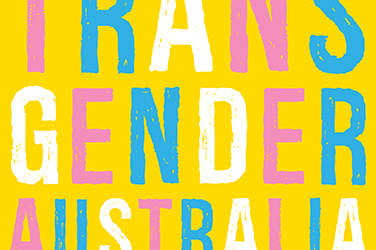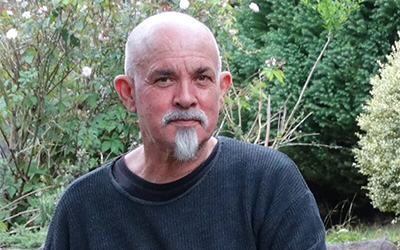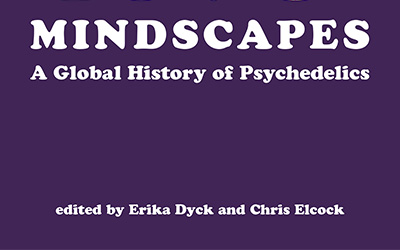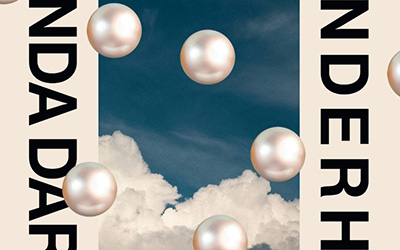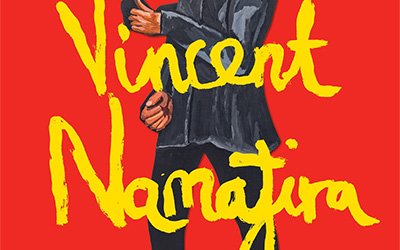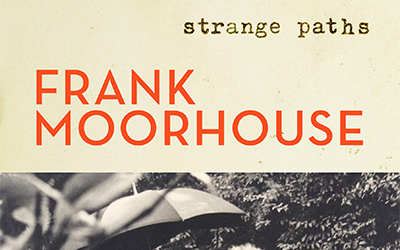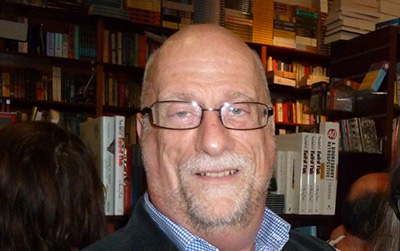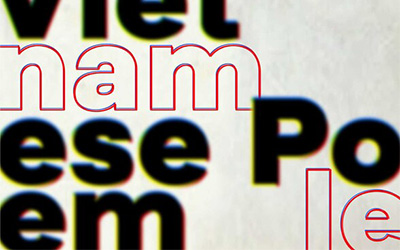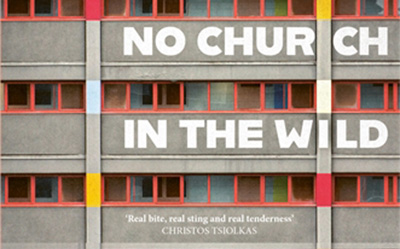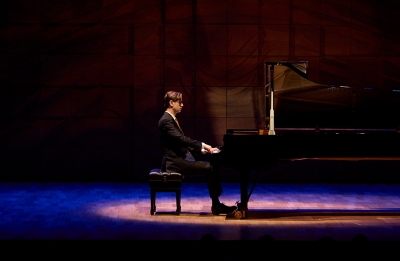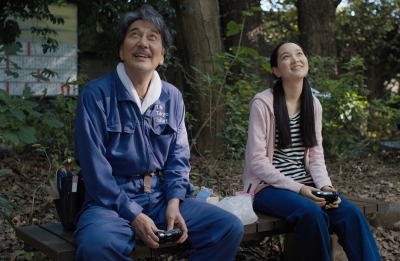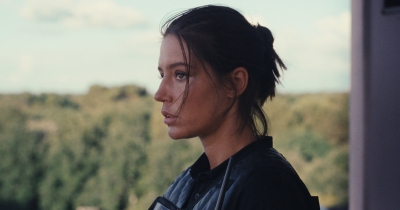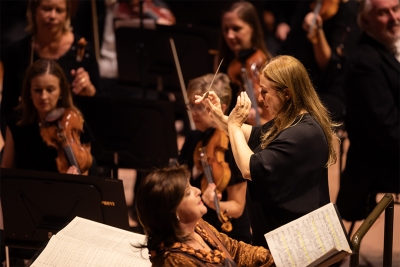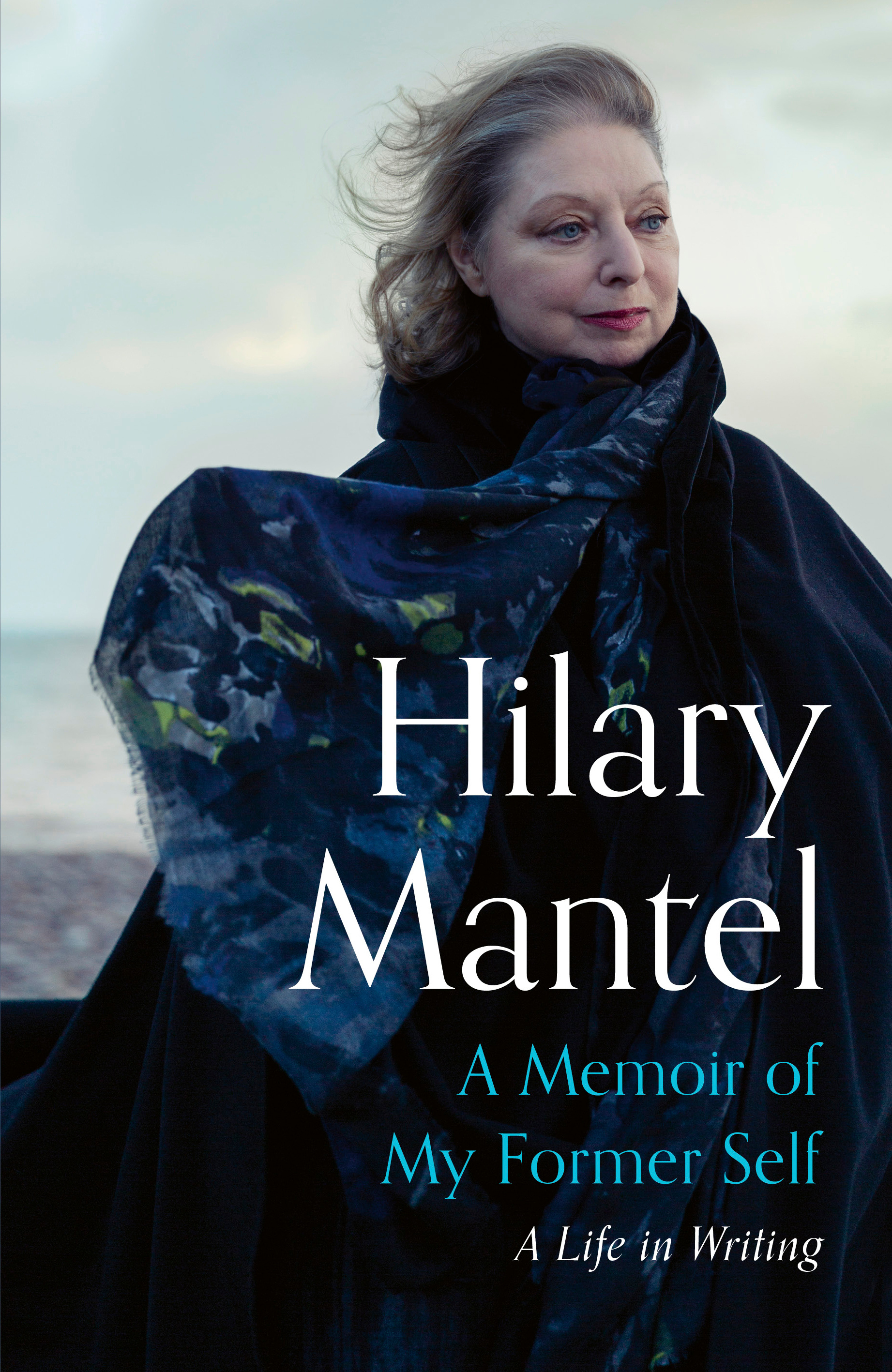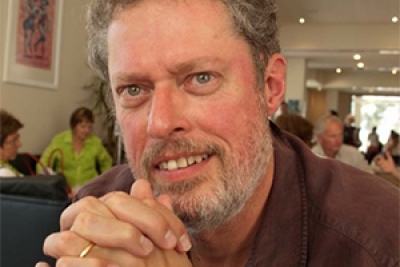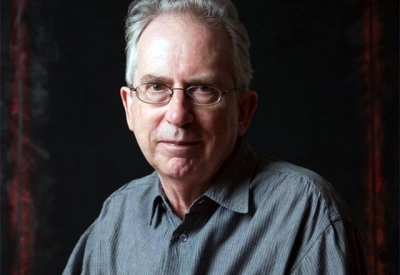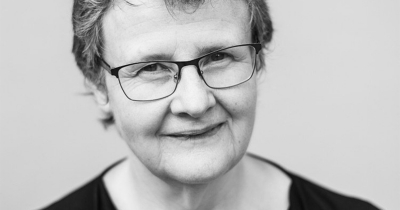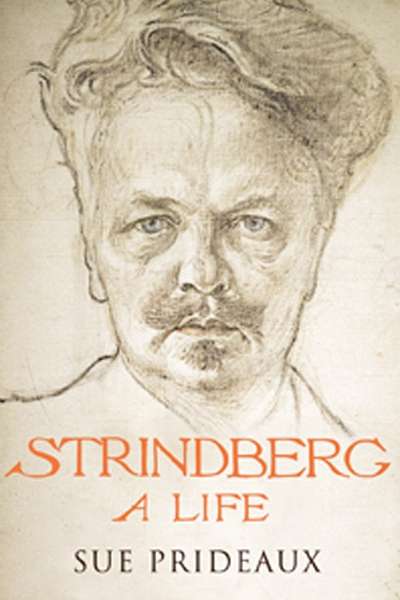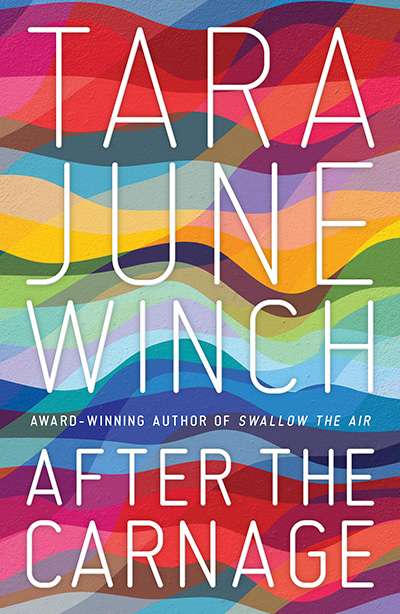Accessibility Tools
- Content scaling 100%
- Font size 100%
- Line height 100%
- Letter spacing 100%
Current Issue
Short story
'A Body of Water' a new story by Else Fitzgerald
Behind the houses the river slides away all night. Buttery and resinous, the air hangs heavy with the river murk, the wet stink of the mudbank. Across the water, the railway sidings with their abandoned boxcars lie quiet, generations of graffiti hiding whatever colour they may have been. Beyond, the ibises stalk the salt flats, reeking brackish plains filled with seawater gone soupy, which the sea breeze blows across, filling the town with smell of rotting kelp. And then, last, the sea itself, tin-grey and wallowing, thick and cold like old blood. Between the flats and the water the smooth sand stretches a kilometre or more, and here the ships lie, the metal of their broken hulls slowly being eaten by the salt air. The sky above is the colour of ocean, the horizon gone. A flock of cormorants punctuates the grey, oily wings stretched black, hanging themselves in the wind to dry. All around the rusting hulks sit silent, unmoving.
Commentary
The legacy of Hugh Stretton
Hugh Stretton knew he was a lucky man – someone born well in the lottery of life. Born in 1924, he came into a thoughtful family with a strong record of public service. He was educated at fine private schools and excelled in his arts and legal studies at the University of Melbourne. When war intervened, Stretton served in the navy for three years without suffering injury and then won a Rhodes scholarship before completing his undergraduate qualifications.
The ABR Podcast
PODCAST
The ABR Podcast
The ABR Podcast is released every Thursday and features reviews, poetry, fiction, interviews, and commentary. Subscribe via iTunes, Google, or Spotify, or your favourite podcast app.
Interview
Poet of the Month with Philip Mead
Interview
Open Page with Peter Carey
Interview
Open Page with Margaret Simons
From the Archive
Strindberg: A Life by Sue Prideaux
One way of classifying biographies is to divide them into those that apply their own interpretative framework – be it psychoanalytic, gender-based, socio-historical, and so on – to a given subject and those that aim to meet the subject, on their own terms, or at least in terms that the subject would recognise. There are good and bad things to say about both approaches, but Sue Prideaux’s life of Strindberg (1849–1912) shows that if you get it right, there is nothing quite as satisfying as the latter. Not only does she meet Strindberg on his own ground, but by the close of this extraordinary book you are convinced that, even across the 100 years since his death, Strindberg would seek out his latest biographer as a friend.
From the Archive
Visions Past and Present: Celebrating 40 Years by Christopher Menz
Reading this book is like taking a stroll through the exhibition with which it was published to coincide, in the wonderful company of its thirty-one expert, articulate, and enthusiastic authors. Visions Past and Present: Celebrating 40 Years – as both book and exhibition – celebrates the University of Melbourne’s art museum: launched as the University Art Gallery in 1972 and known since 1998 as the Ian Potter Museum of Art, in Swanston Street, Parkville. The exhibition continues until 26 August (free and open to all). The book – a handbook of collection highlights rather than a catalogue – will have a much longer shelf life.
From the Archive
Kerryn Goldsworthy reviews 'After the Carnage' by Tara June Winch
Tara June Winch's first and only other book to date, a series of linked stories called Swallow the Air, was written while she was pregnant with her daughter Lila ...





